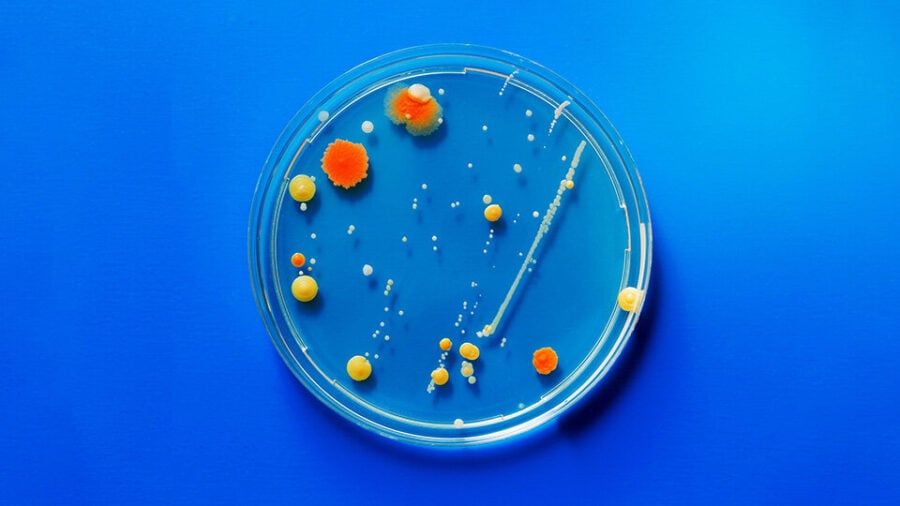Researchers at Tokyo University of Science have identified a compound produced by skin bacteria that could revolutionize the skincare industry. This natural substance offers a potentially safer alternative to current skin lightening agents, addressing concerns about toxicity in popular products.
From Skin Microbiome to Skincare Innovation
The human skin hosts a diverse community of microorganisms, many of which coexist harmlessly with their host. Scientists have long suspected that these skin residents might produce compounds beneficial for human health. Now, a team led by Assistant Professor Yuuki Furuyama has turned this hypothesis into a promising discovery.
After screening over 100 skin-derived bacteria, the researchers identified Corynebacterium tuberculostearicum as a producer of a potent compound that inhibits tyrosinase, an enzyme crucial in melanin production. This compound, cyclo(L-Pro-L-Tyr), could offer a natural and potentially safer way to address hyperpigmentation issues.
“Bacteria that reside on our skin and evade immune responses often become commensals, neither benefiting nor harming us,” Dr. Furuyama explained. “We chose to investigate metabolites produced by these commensal bacteria for their potential as tyrosinase inhibitors. These natural skin-derived products exhibit low toxicity, making them inherently safer.”
Unraveling the Mechanism
To understand how cyclo(L-Pro-L-Tyr) works, the team conducted three-dimensional docking simulations. Their findings revealed that the compound mimics L-tyrosine, a natural substrate of tyrosinase. By binding to the enzyme’s active site, cyclo(L-Pro-L-Tyr) effectively blocks its activity, potentially reducing melanin production.
“Our study is the first to identify and elucidate the mechanism of a tyrosinase inhibitor derived from a skin bacterium,” Dr. Furuyama emphasized. This breakthrough could pave the way for a new generation of skin-lightening products that work in harmony with the body’s natural processes.
The potential applications extend beyond cosmetics. Scientific literature suggests that cyclo(L-Pro-L-Tyr) may also possess antimicrobial, antioxidant, and anticancer properties, opening up possibilities for broader therapeutic use.
Why it matters: Skin lightening is a multi-billion dollar global industry, but many current products raise safety concerns. Hydroquinone, once a popular ingredient, has been linked to serious side effects and is no longer recommended for use. The discovery of a natural, potentially safer alternative could transform the skincare landscape, offering consumers effective solutions without compromising their health.
However, the path from laboratory discovery to consumer product is long and complex. Dr. Furuyama cautioned, “Before cyclo(L-Pro-L-Tyr) can be widely used, further studies are essential. Testing with human tyrosinase, which differs structurally from mushroom tyrosinase, is crucial. Detailed analyses of its mechanisms of action are also necessary to ensure efficacy and safety.”
The research team’s ability to extract substantial quantities of cyclo(L-Pro-L-Tyr) from C. tuberculostearicum is a significant step towards potential industrial-scale production. This capability is crucial for ensuring the financial feasibility of manufacturing active ingredients on a large scale.
As the global skincare market continues to grow, estimated to reach $189.3 billion by 2025 according to Grand View Research, the demand for safe and effective skin-lightening agents is likely to increase. This discovery could position natural, microbiome-derived compounds at the forefront of skincare innovation.
Looking ahead, this research opens up exciting possibilities for harnessing the power of the skin microbiome in cosmetic and therapeutic applications. Future studies may explore other beneficial compounds produced by skin bacteria, potentially leading to a new era of “probiotic” skincare products that work in synergy with our natural skin flora.
The study, published in the International Journal of Molecular Sciences, marks an important step towards more natural and potentially safer skincare solutions. As research progresses, it could reshape our approach to skin health, moving from harsh chemical treatments to products that work in harmony with our body’s own ecosystem.


